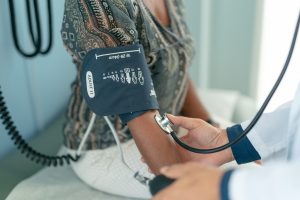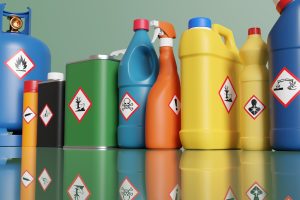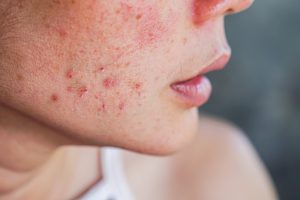 This week, we are expected to experience a highly dangerous heatwave across New York City and the rest of the Northeast and Midwest due to the presence of a heat dome. Starting Wednesday and into the weekend, temperatures are expected to be in the low 90s and could get as high as the mid to high-90s.
This week, we are expected to experience a highly dangerous heatwave across New York City and the rest of the Northeast and Midwest due to the presence of a heat dome. Starting Wednesday and into the weekend, temperatures are expected to be in the low 90s and could get as high as the mid to high-90s.
A heatwave is when temperatures rise above 90 degrees for at least three days. A heat dome is when a ridge of high pressure builds over an area and doesn’t move for up to a week or more.
Extreme heat causes two heat-related illnesses in that your body can’t control its temperature: heat exhaustion and heatstroke.
Heat exhaustion symptoms include:
- Heavy sweating
- Nausea or vomiting
- Muscle cramps
- Fatigue
- Dizziness and fainting
Here are some ways to prevent symptoms of heat exhaustion: Move to a cool place, loosen clothing, use cold compresses, and sip cool (not cold) water.
Heatstroke or Sunstroke symptoms can include:
- A fever of 104 degrees or more
- Severe headache
- Behavioral changes
- Confusion
- Hot, red skin
- No sweating
- Rapid heartbeat and loss of consciousness
Here are some ways to prevent heatstroke: Quickly move yourself or the individual to a cooler place, use cold compresses, and do not give them anything to drink.
Some overall tips for staying safe in extreme heat include:
- Stay hydrated- Drink extra fluids and don’t wait until you’re thirsty.
- Wear sunscreen- Apply properly and as recommended to prevent sunburn which can make you dehydrated and affect your ability to cool down.
- Limit your time outside- Shorten your exercise time and rest often in shady areas. Try to exercise in the early morning or evening when it is cooler.
- Monitor high-risk loved ones- Pay attention to the warning signs of certain illnesses or medical conditions. Extreme heat can be dangerous for everyone, especially for those with a history of:
- Heart disease
- Asthma
- High blood pressure
- Stroke
- Obesity
- Diabetes
Others at risk due to extreme heat include the elderly, young children, those who work outdoors, people with disabilities, those who live alone, those without access to air conditioning, people who take certain medications, and pets.
- Check the car- Never leave children or pets in a parked car, even if the windows are cracked open.
Usually, we would look to a cool summer night for relief from a hot summer day. Unfortunately, night temperatures aren’t dropping as they should.
Here are some things you can do before going to bed during the heatwave:
- Stay hydrated
- Eat light
- Dress lightly
- Look for chances to cool the bedroom
- Avoid alcohol
- Set time aside to relax
- Shower in lukewarm or cool water
- Find the coolest place to sleep
- Keep a regular sleep schedule
Extreme heat is the deadliest weather-related hazard in the United States, so it is important to understand the risks of extreme heat and to make a heat emergency plan that works for you and your family.
If you are experiencing any heat-related symptoms, you can schedule an appointment at Jamaica Hospital Medical Center’s Cardiology Department by calling (718) 206-7100. If you are experiencing an emergency, please dial 911 right away.
All content of this newsletter is intended for general information purposes only and is not intended or implied to be a substitute for professional medical advice, diagnosis or treatment. Please consult a medical professional before adopting any of the suggestions on this page. You must never disregard professional medical advice or delay seeking medical treatment based upon any content of this newsletter. PROMPTLY CONSULT YOUR PHYSICIAN OR CALL 911 IF YOU BELIEVE YOU HAVE A MEDICAL EMERGENCY.









